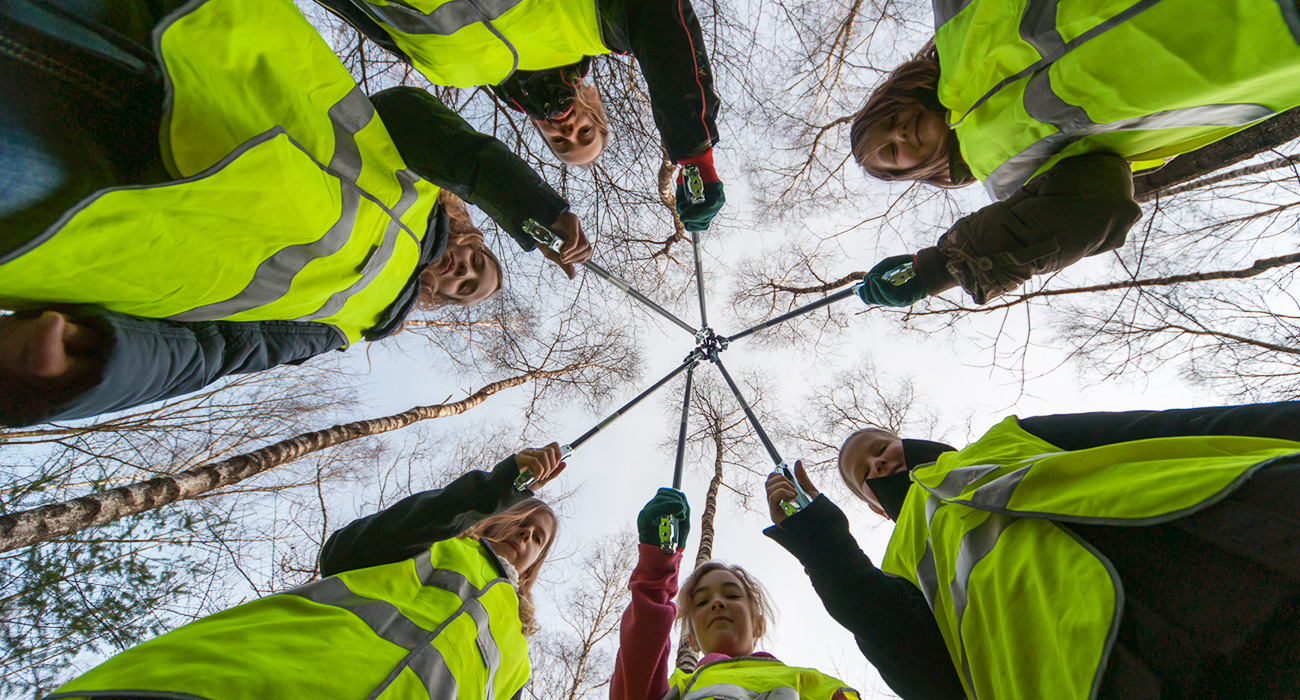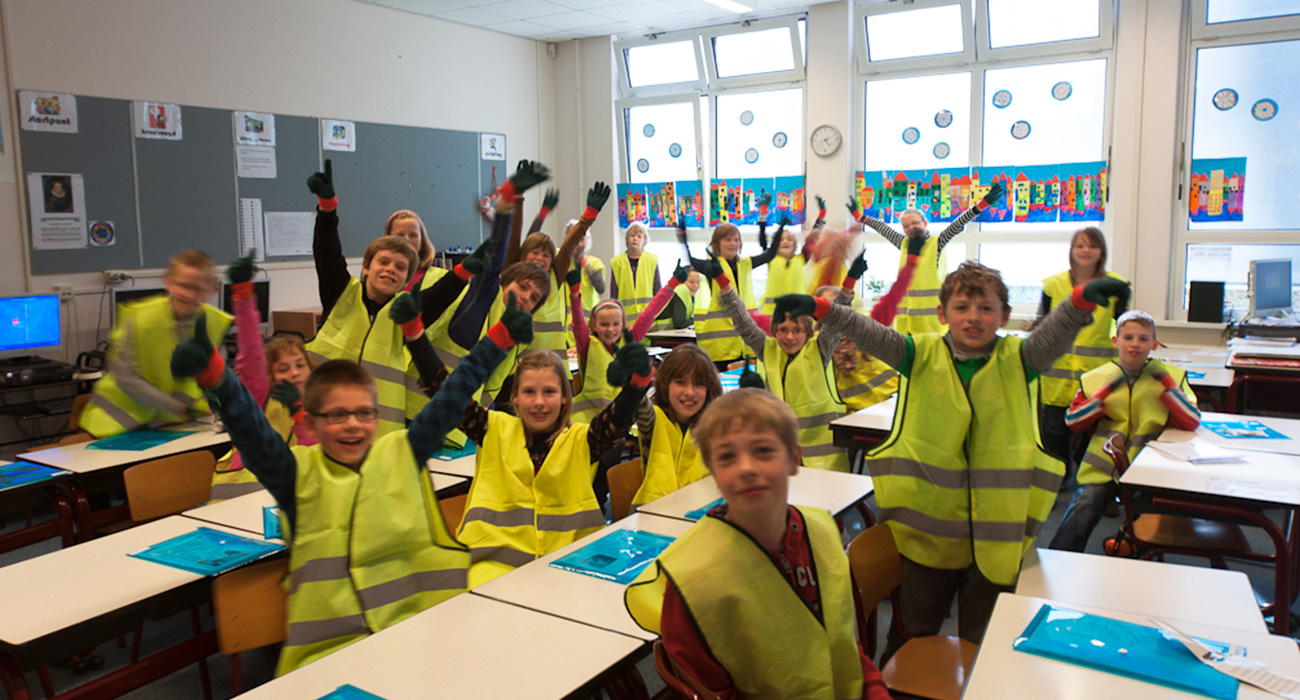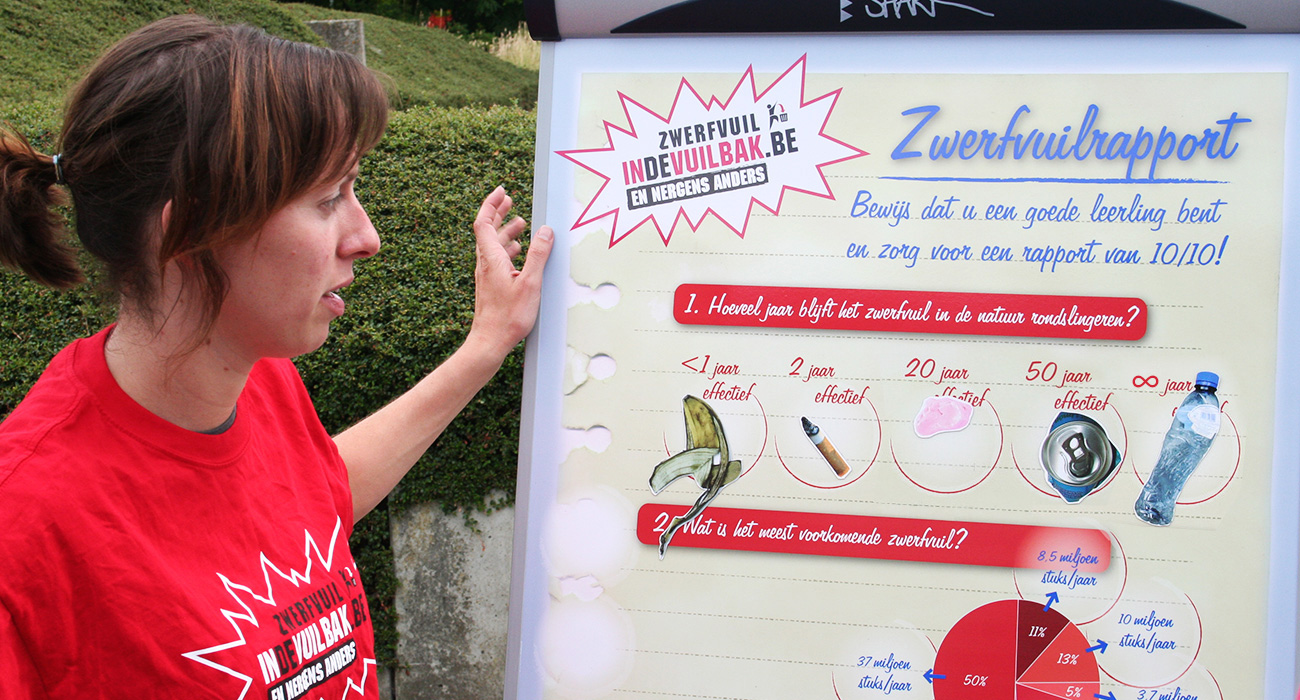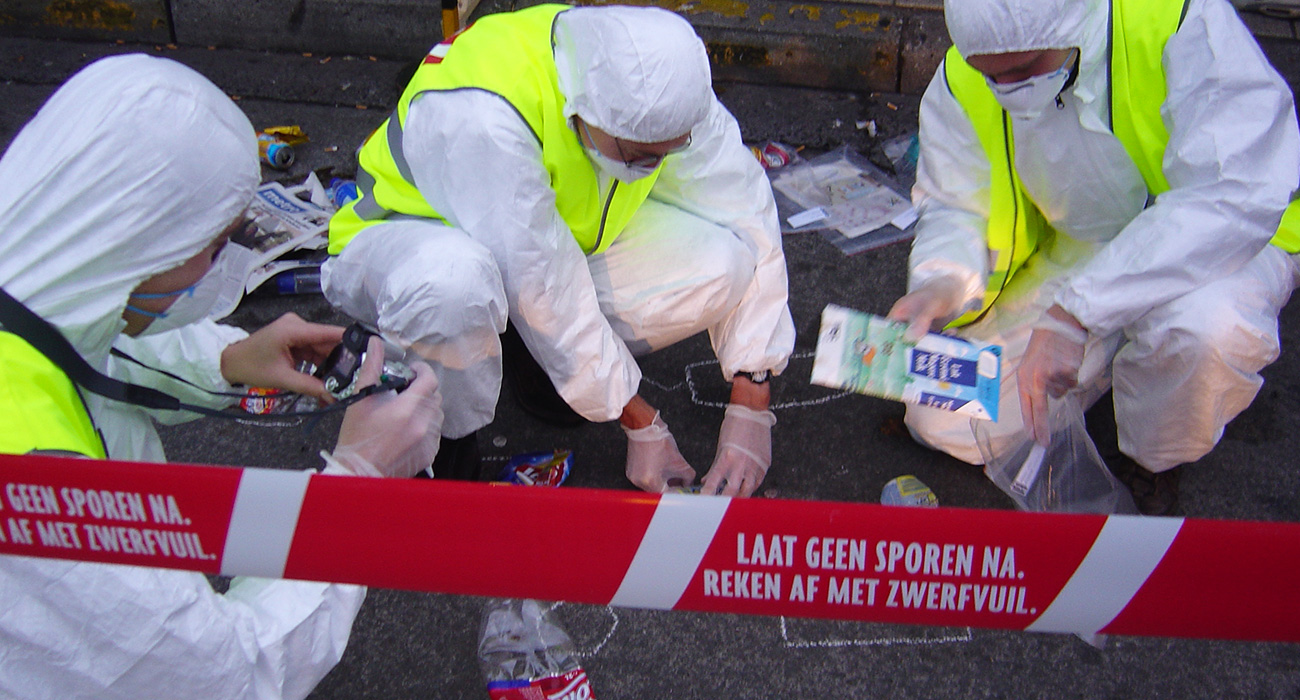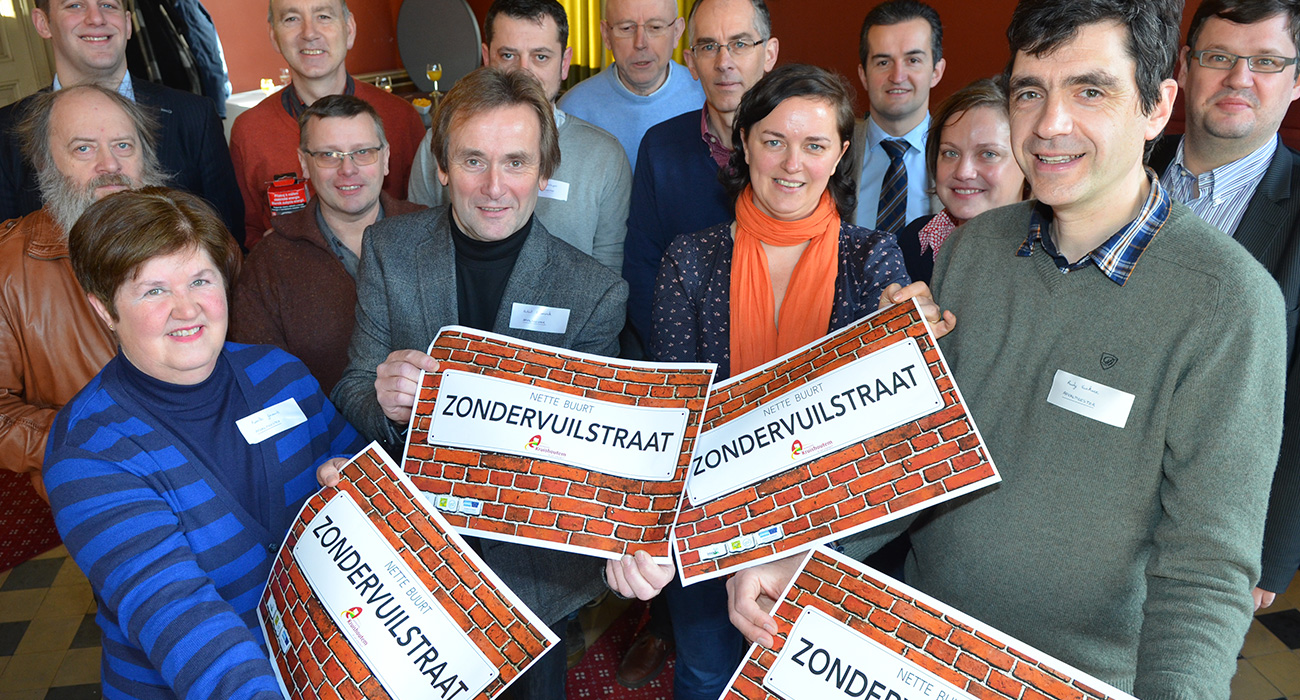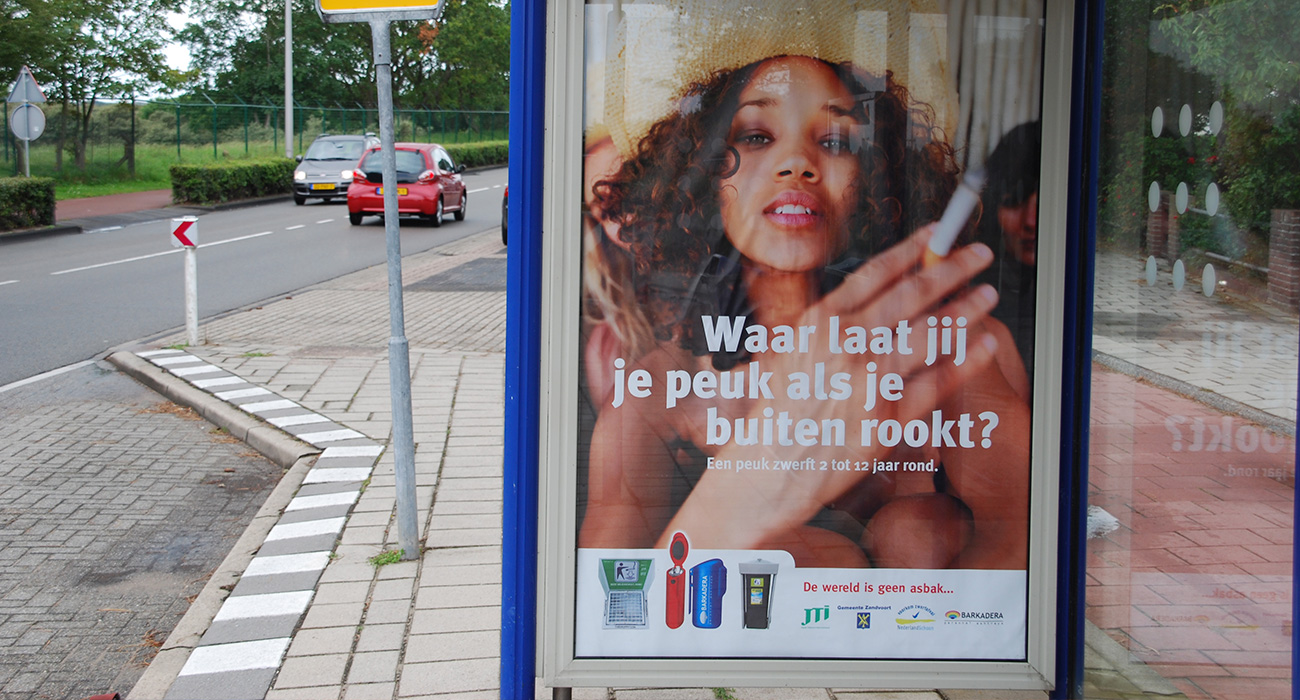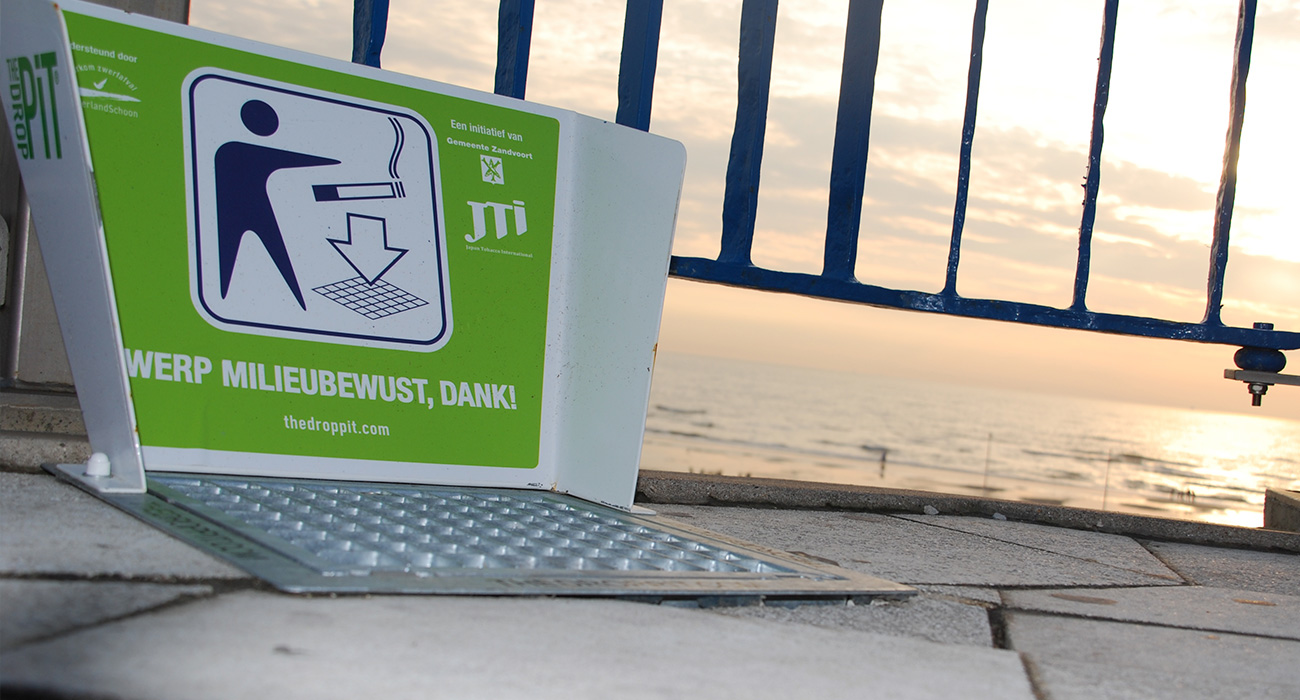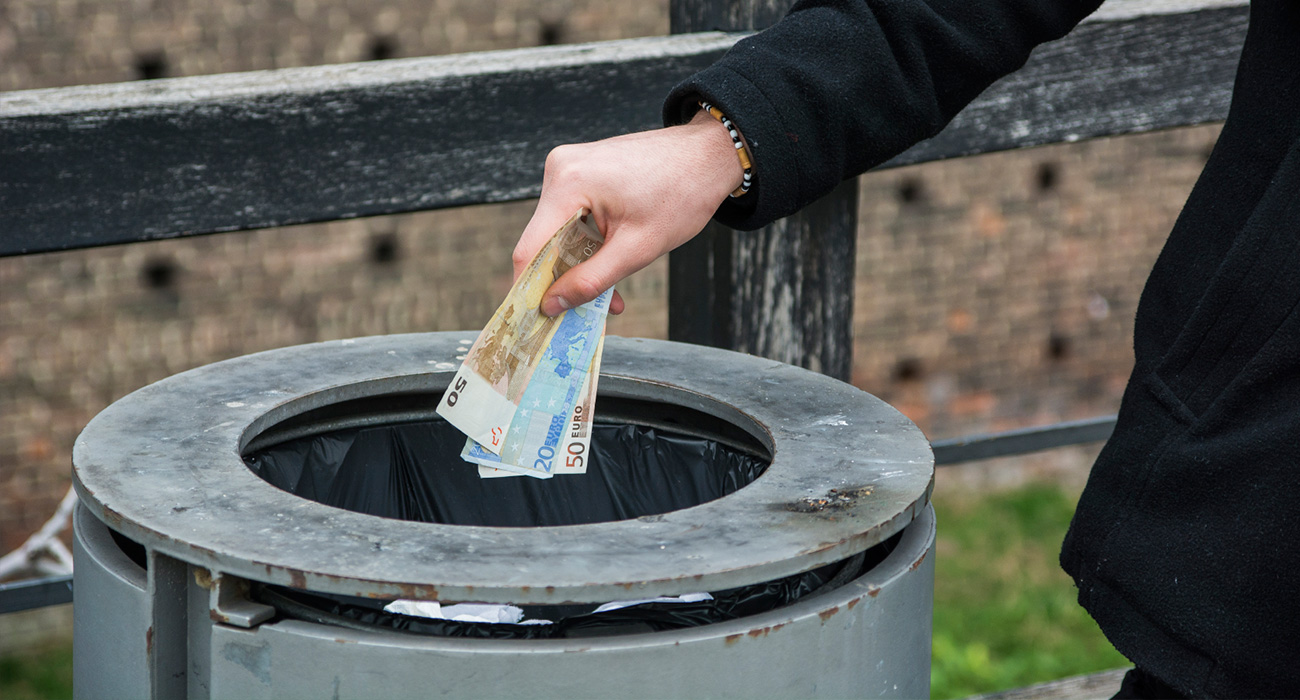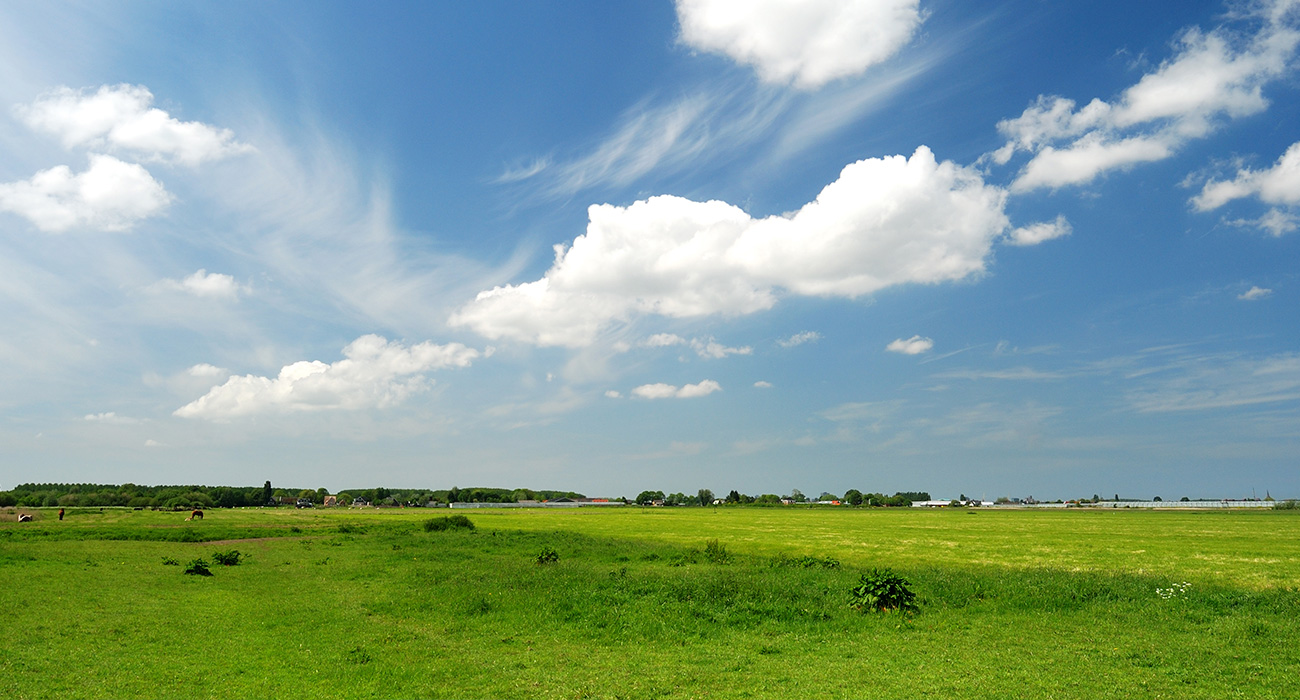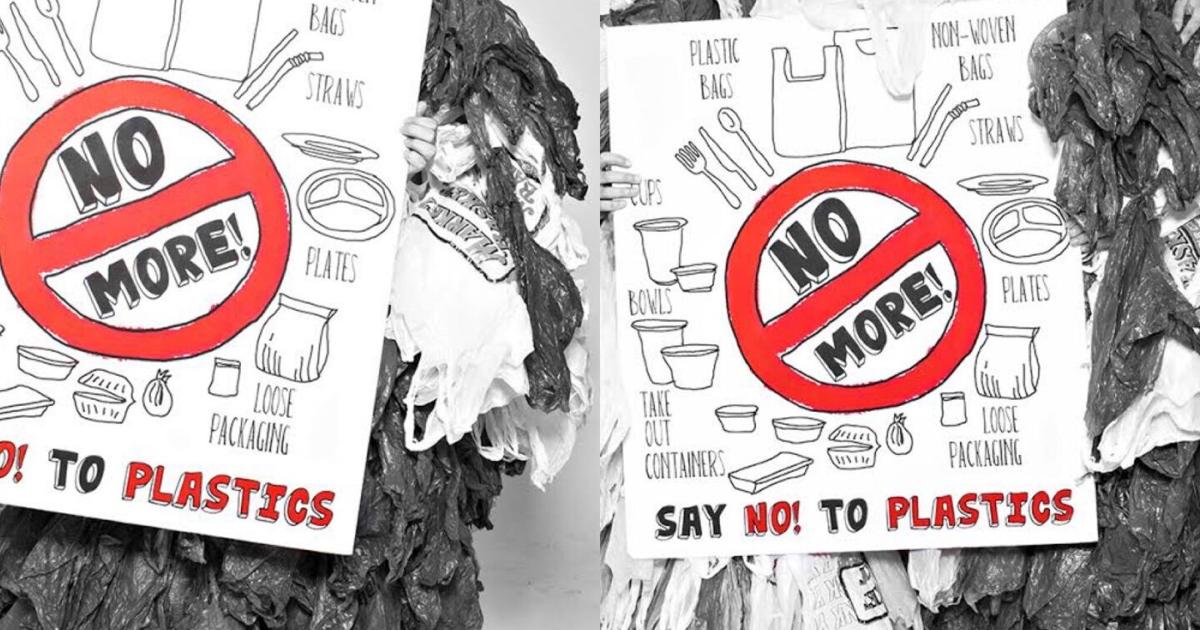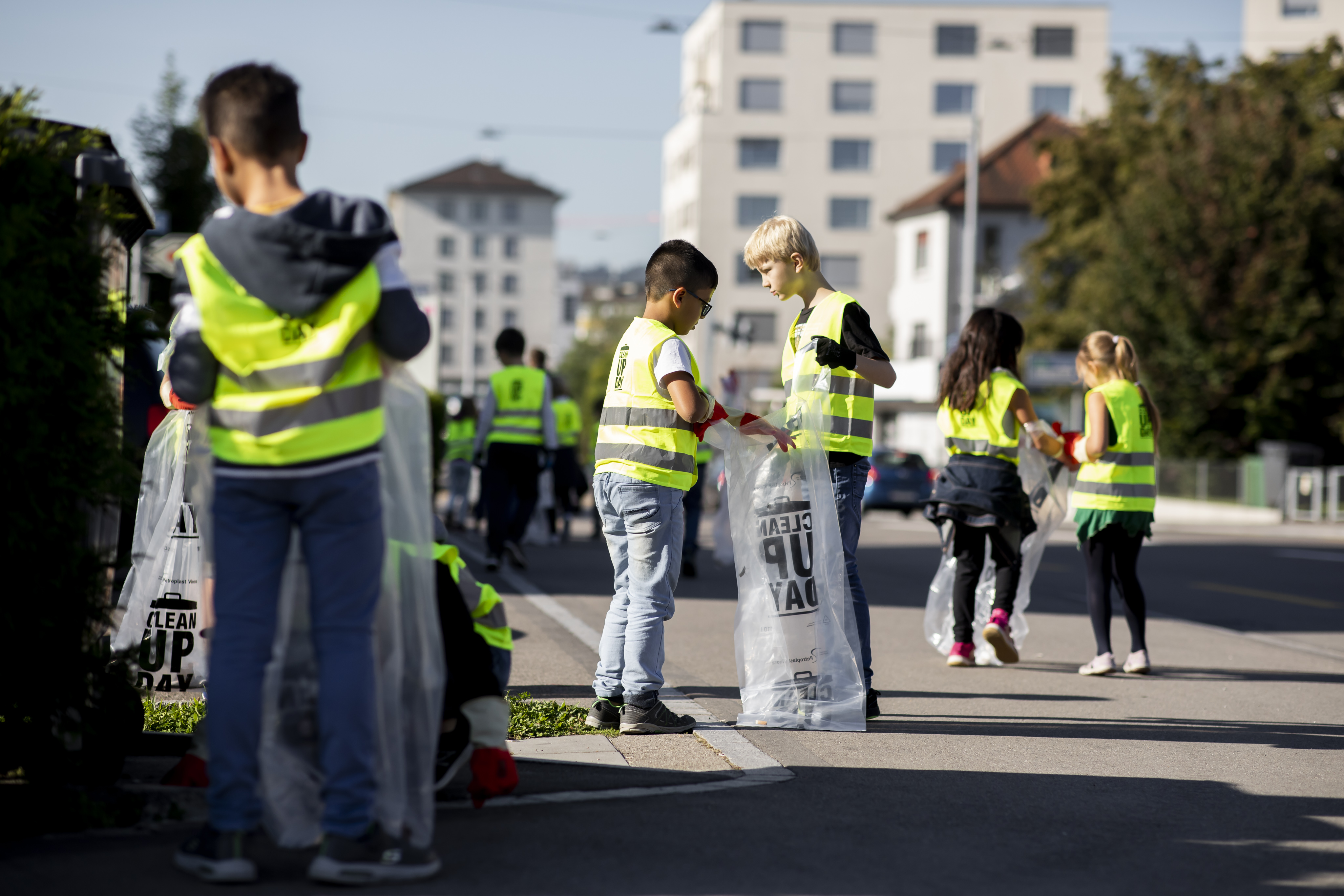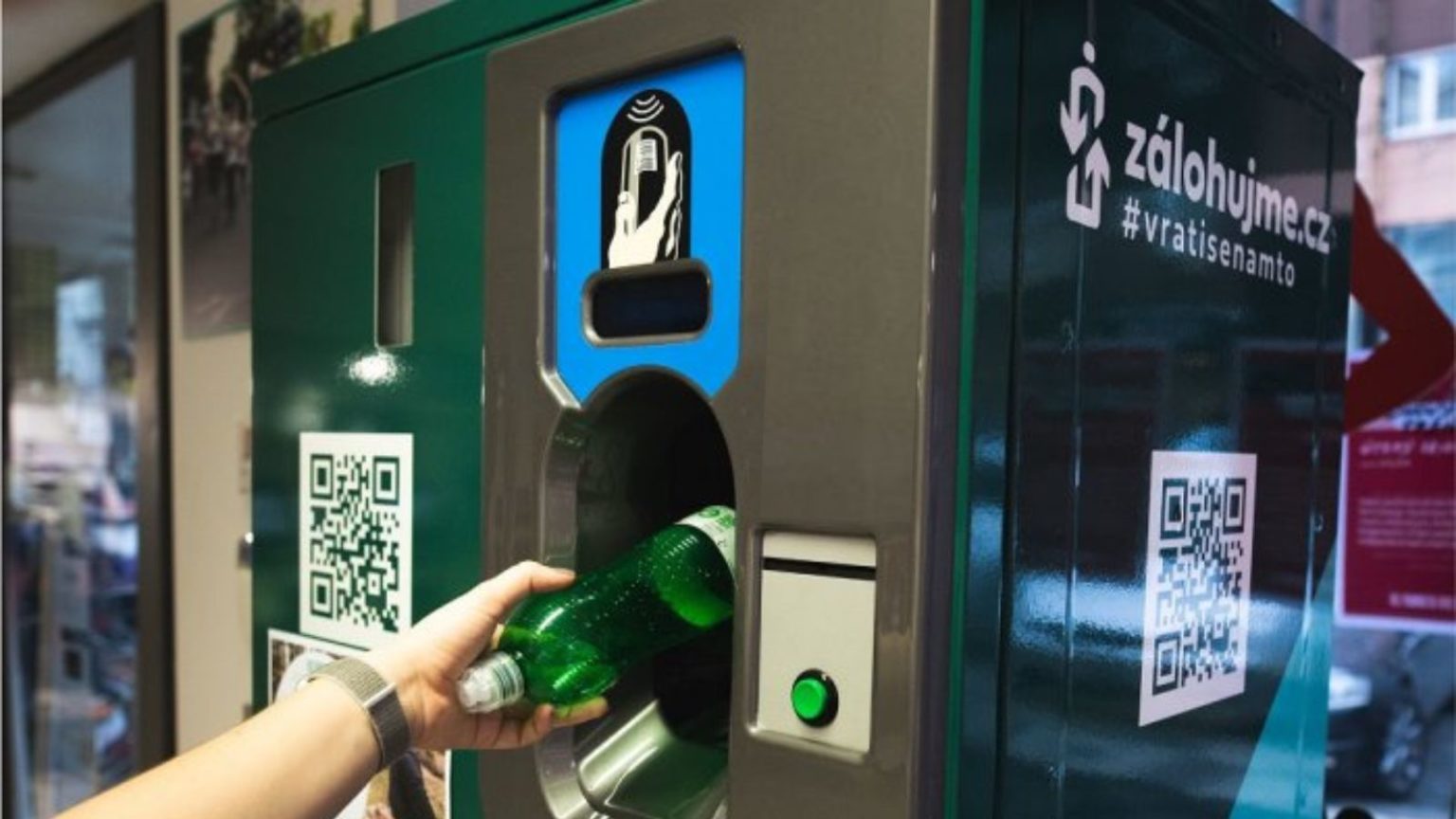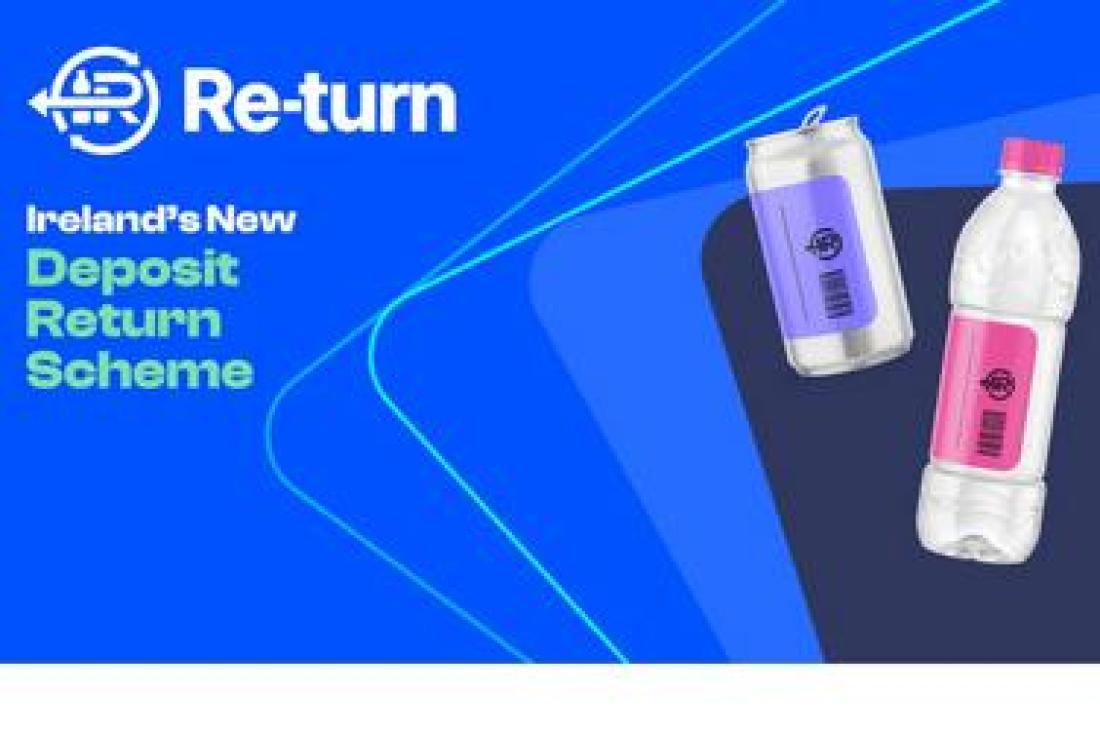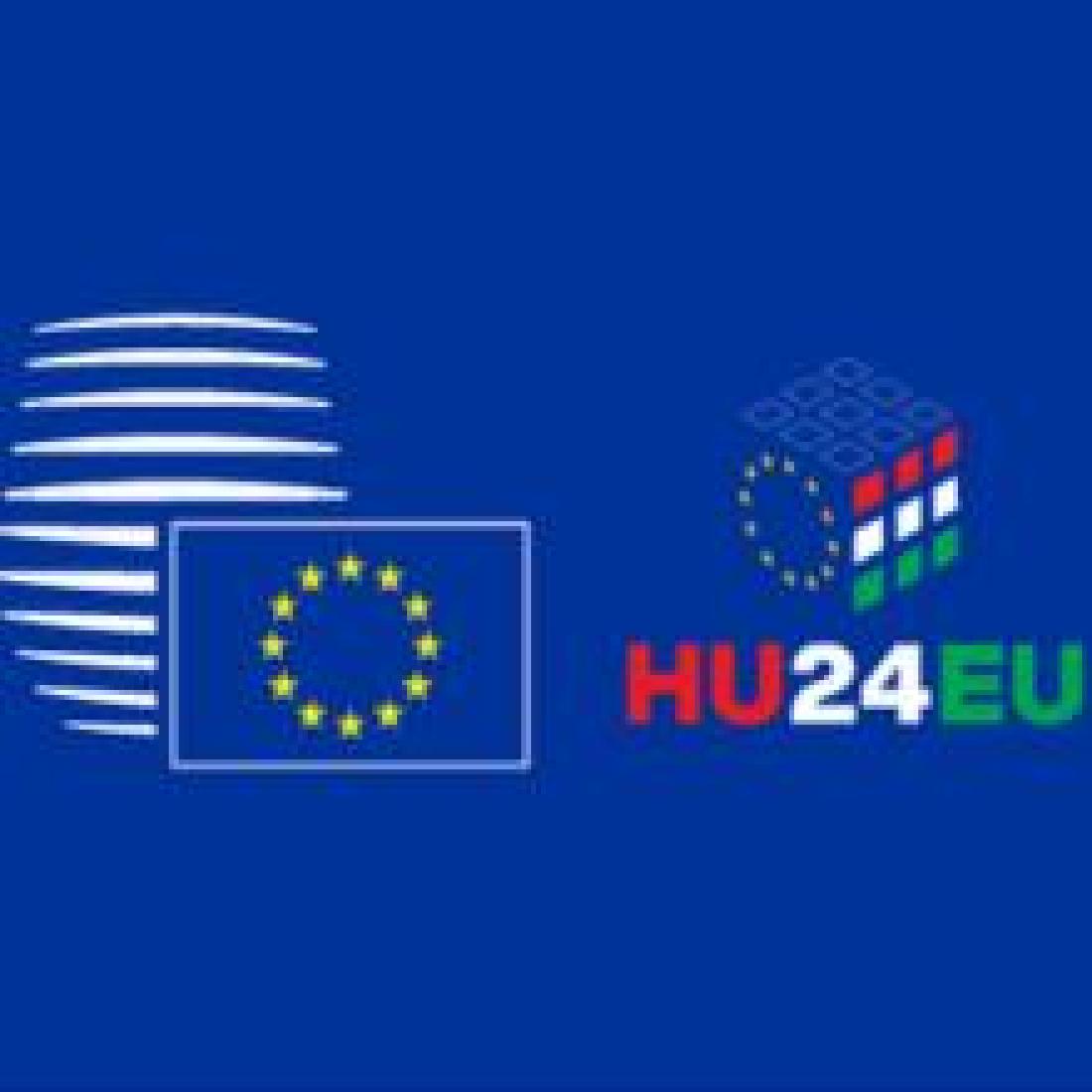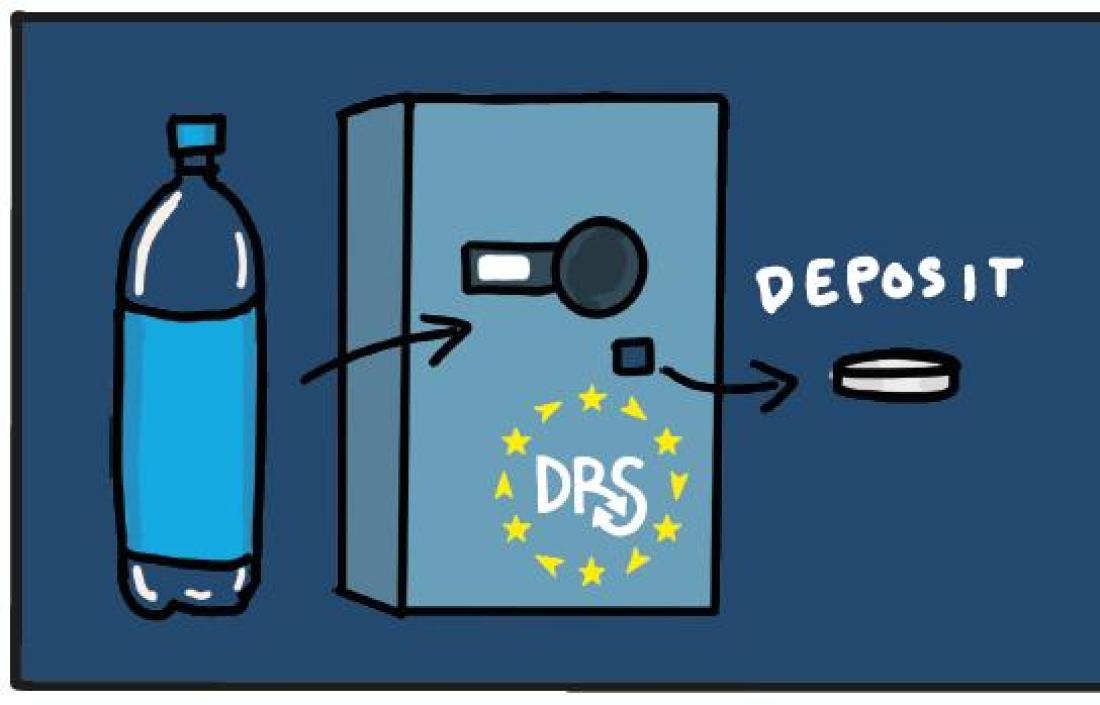
Rivers give clues to complete the life-size puzzle of litter prevention
If you were to look at just about any river today and notice all the different pieces of litter flowing downstream, you could be forgiven for thinking that it was a very unfortunate reality but that nothing can be done about it. So many pieces of litter, of all shapes and sizes – they seem to have a life of their own as they swirl around obstacles and ride the currents. How to catch them all? How to catch a single one? Where to start?
We know that roughly 80% of litter in the seas originally comes from land. The rivers that connect land and seas provide a periscope to guide litter prevention efforts. Last year, we worked to develop a way to (1) delimit a river segment, (2) assess the main sources of litter and (3) propose targeted litter prevention solutions. The most effective way to reduce riverine litter is to identify and “seal the cracks” on land through which littered items slip into rivers and are carried away to the seas. One crack at a time.
Segmentation & analysis
By restricting ourselves to one section of a river we can start to map out the different potential sources of litter around it… Is there a park in the area? A landfill? Roads? A school? What kind of drain or sewage systems are in place? To each environment its own type of litter. Once we start to assess the litter types – cigarette butts, plastic bottles, wrappers, etc. – the pieces of the jigsaw puzzle start to emerge and those that are carrying out the exercise can then act on the newly discovered patterns.
Targeted litter prevention solutions
Once a litter source and type are identified, targeted litter prevention measures can be deployed. These might include anything from awareness campaigns for specific litter items, setting/enforcing penalties, connecting drainage systems to waste water treatment facilities, increased cleaning resources near vulnerable waterways, boosting litter prevention efforts in peak season, and many more.
Generating & using feedback
The effectiveness of prevention measures should be assessed by developing a statistical history of the number of littered items found in the river section that provided the basis for the new measures put in place. The trends that become visible can then be used by authorities to redirect their litter prevention efforts in the most efficient way.
One of the big challenge today lies in finding cheap and effective ways of measuring the amount of litter flowing through a river segment at any point in time. Because most littered items are found underwater (they do not float visibly), the most accessible way to measure the litter flowing through rivers simply consists in placing wide nets in strategic locations to catch and count the littered items.
This time-consuming and resource-intensive exercise is far from ideal as it may trap fish and other forms of wildlife with the litter and because the littered items then need to be collected and disposed of properly. Perhaps advances in underwater filming and digital imagery analysis techniques will make these river assessments more accessible in the future. In the meantime, some suggest to limit monitoring to the simpler but more superficial measurement of litter on riverbanks.
Untapped potential: connecting the people
In order to carry out our work, we organised several workshops throughout the year. In doing so, we realised that there is a huge potential to improve litter prevention efforts around waterways simply by connecting people and the organisations they work for insofar as many have overlapping roles and objectives. Those that constitute what we might call the litter prevention chain – municipalities, cleaning services, water monitoring services, NGOs, universities, etc. – would benefit greatly from working better together.
The litter prevention puzzle has millions of pieces. It starts with people and their behaviour. Joining forces is the only way to complete this life-size jigsaw puzzle and put an end to the degradation of land and marine environments.
If you have any questions or suggestions, please do not hesitate to contact us.
